Військово-морський флот Російської Федерації
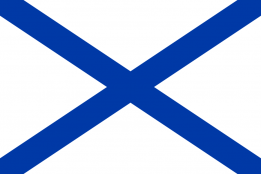
Флот
The Russian Navy is the naval arm of the Russian Armed Forces. The present Russian Navy was formed in January 1992, succeeding the Navy of the Commonwealth of Independent States, which had itself succeeded the Soviet Navy following the dissolution of the Soviet Union in December 1991.
Neither Jane's Fighting Ships nor the International Institute for Strategic Studies list any standard ship prefixes for the vessels of the Russian Navy. For official U.S. Navy photographs, they are sometimes referred to as «RFS»—«Russian Federation Ship». However, the Russian Navy itself does not use this convention.
The Russian Navy possesses the vast majority of the former Soviet naval forces, and currently comprises the Northern Fleet, the Russian Pacific Fleet, the Russian Black Sea Fleet, the Russian Baltic Fleet, the Russian Caspian Flotilla, Naval Aviation, and the Coastal Troops (consisting of the naval infantry and the Coastal Missile and Artillery Troops).
A rearmament program approved in 2007 placed the development of the navy on an equal footing with the strategic nuclear forces for the first time in Soviet and Russian history. This program, covering the period until 2015, expected to see the replacement of 45 percent of the inventory of the Russian Navy. Out of 4.9 trillion rubles ($192.16 billion) allocated for military rearmament, 25 percent will go into building new ships. «We are already building practically as many ships as we did in Soviet times,» First Deputy Prime Minister Sergei Ivanov said during a visit to Severodvinsk in July 2007, «The problem now is not lack of money, but how to optimize production so that the navy can get new ships three, not five, years after laying them down.»
The Russian Navy suffered severely since the dissolution of the Soviet Union due to insufficient maintenance, lack of funding and subsequent effects on the training of personnel and timely replacement of equipment. Another setback is attributed to Russia's domestic shipbuilding industry which is reported to have been in decline as to their capabilities of constructing contemporary hardware efficiently. Some analysts even say that because of this Russia's naval capabilities have been facing a slow but certain «irreversible collapse». Some analysts say that the recent rise in gas and oil prices has enabled a sort of renaissance of the Russian Navy due to increased available funds, which may allow Russia to begin «developing the capacity to modernize». In August 2014, Defence Minister Sergei Shoigu said that Russian naval capabilities would be bolstered with new weapons and equipment within the next six years in response to NATO deployments in eastern Europe and recent developments in Ukraine.
Класи кораблів6
- Коментарі
 uk
uk en
en ru
ru













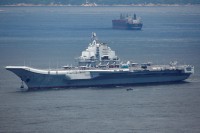
 Військово-морський флот СРСР
Військово-морський флот СРСР Військово-морський флот Російської Федерації
Військово-морський флот Російської Федерації Військово-морський флот Народно-визвольної армії Китаю
Військово-морський флот Народно-визвольної армії Китаю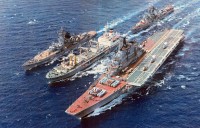
 Військово-морські сили Індії
Військово-морські сили Індії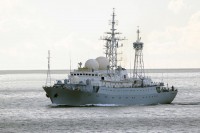
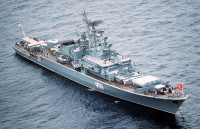
 Військово-морські сили Північної Кореї
Військово-морські сили Північної Кореї Берегова охорона Прикордонної служби ФСБ Російської Федерації
Берегова охорона Прикордонної служби ФСБ Російської Федерації Прикордонні війська КДБ СРСР
Прикордонні війська КДБ СРСР Військово-Морські Сили Збройних Сил України
Військово-Морські Сили Збройних Сил України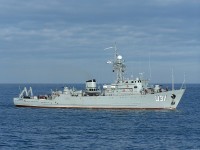
 Військово-морські сили Лівії
Військово-морські сили Лівії Військово-морські сили Сирії
Військово-морські сили Сирії Військово-морські сили Ємена
Військово-морські сили Ємена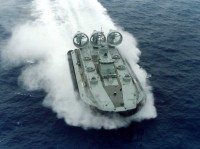
 Військово-морські сили Греції
Військово-морські сили Греції